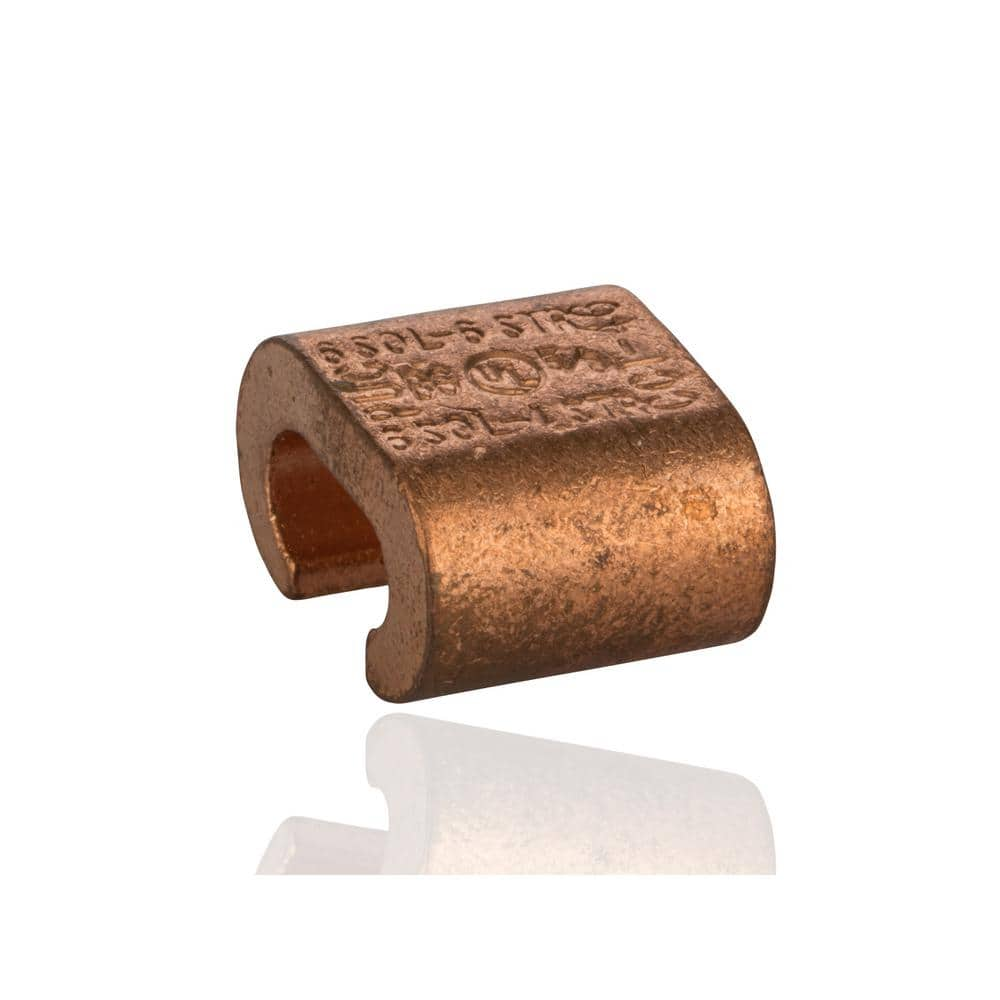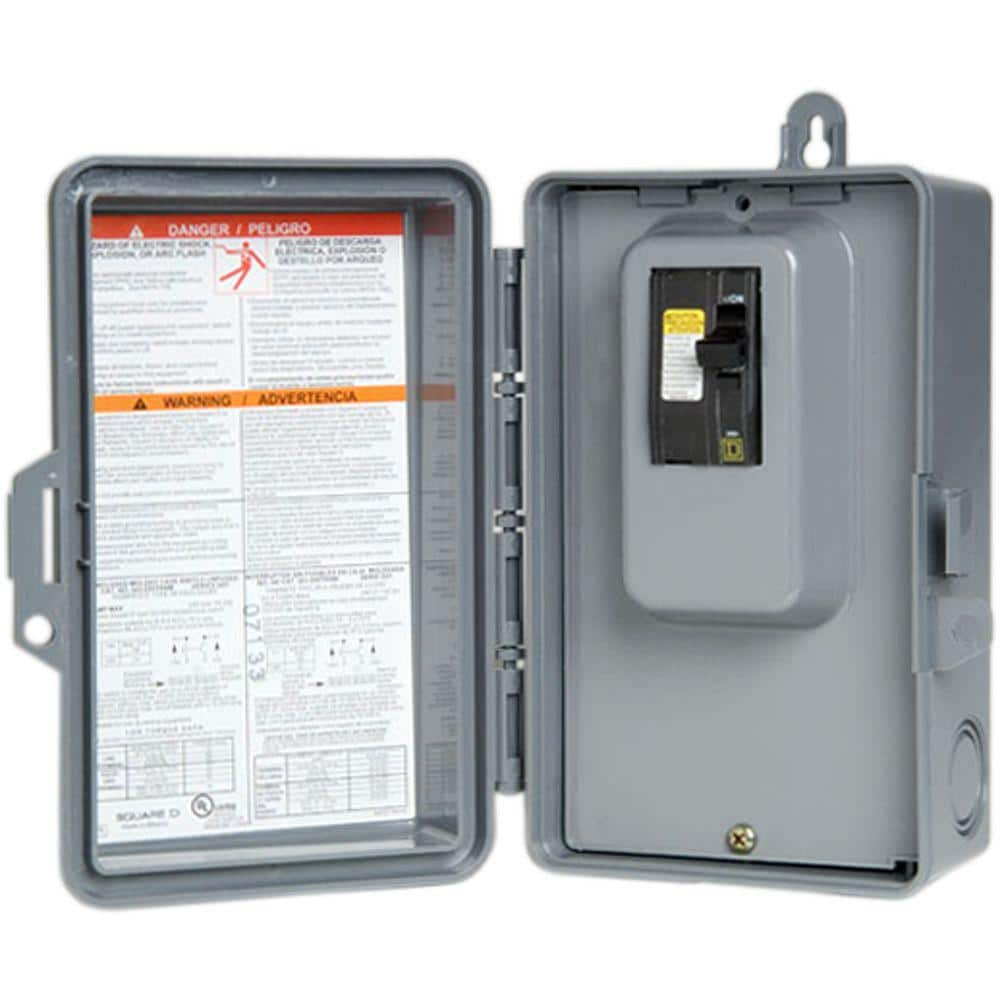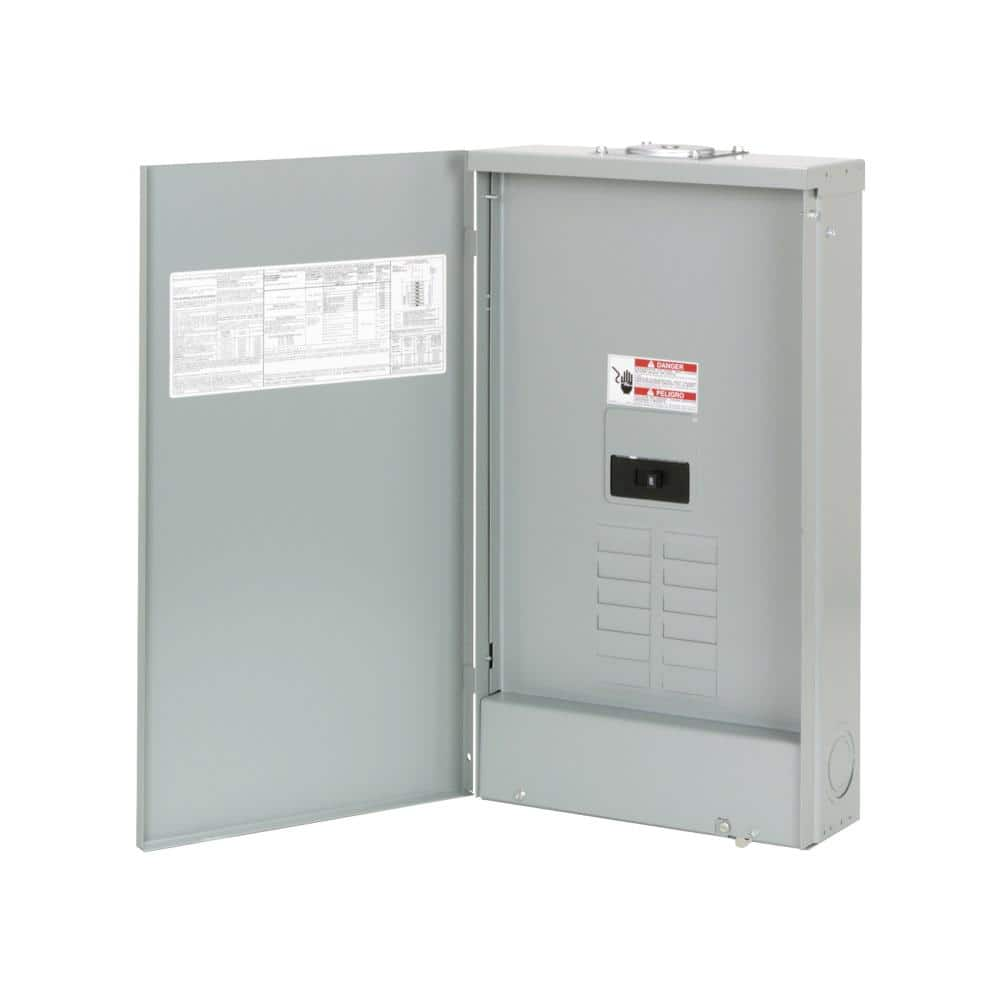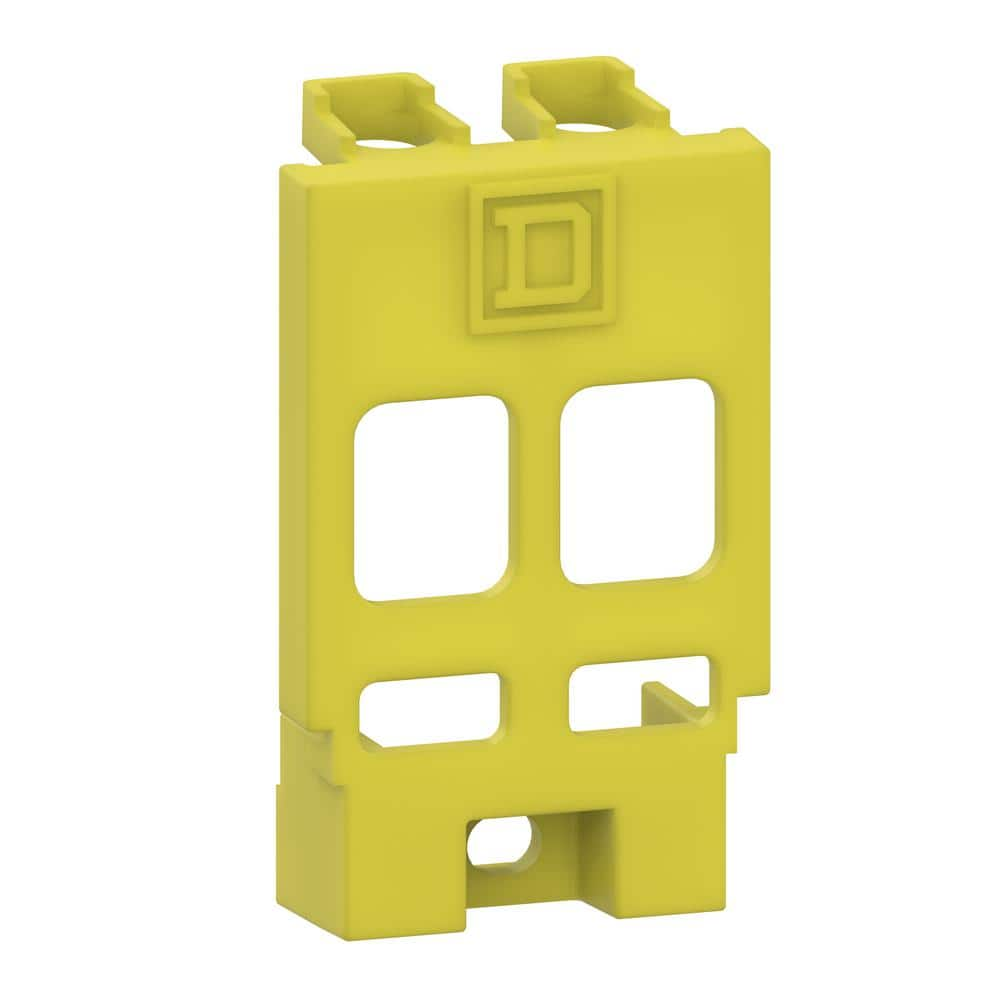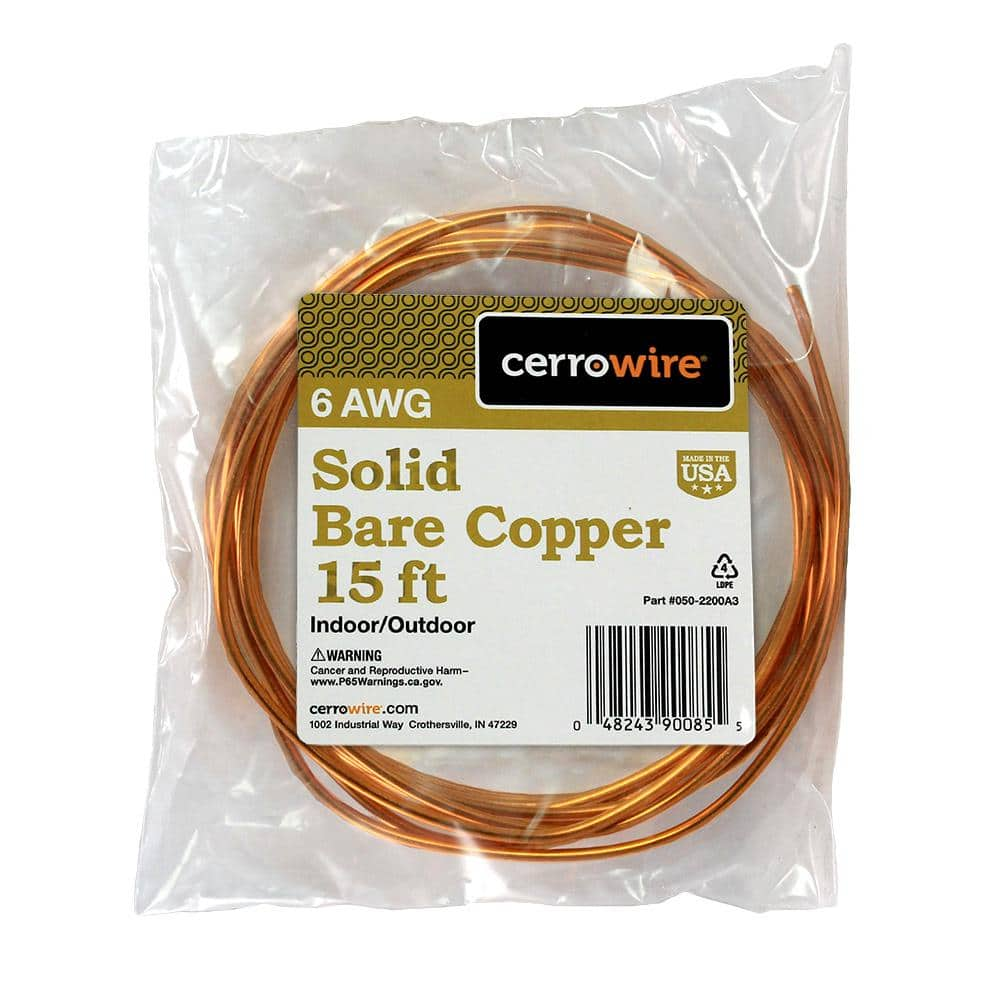What Is Grounding vs. Bonding?

Last updated April 15, 2024
Bonding is the electrical connection of all exposed metal items not designed to carry electricity in a room or building. Grounding is the attachment of bonded systems to the earth. Bonding and grounding are both necessary to safeguard people and property from electric hazards.
This guide explains how grounding and bonding work as well as related NEC requirements for 2020 and 2023.
SHOP WIRE & CONDUIT TOOLS NOW
Table of Contents
What Is Grounding?
What Is Bonding?
Basic NEC Grounding & Bonding Requirements
More Tools. More Products. More Perks.
What Is Grounding?

Electrical grounding, also known as earthing, is connecting electrical equipment to the earth. The goal is to create a conductive path for electricity to flow in the event of lightning strikes, accidental contacts, static charges and surges. In an event, discharges in grounded equipment will flow into the earth instead of sensitive equipment, delicate circuitry or personnel.
Grounding systems, including those for homes, use ground rods, wires and clamps sometimes known as grounding conductors. For general application, rods must be at least 8 feet long and 3/8 inch in diameter, according to National Electrical Code® (NEC) Section 250.
Longer or multiple rods are often needed in drier locations where the soil is less conductive. For this, 10-foot rods and special grounding clamps that connect and extend rods are available. If multiple rods are used, they must be spaced at least 6 feet apart to comply with NEC requirements.
What Is Bonding?

Electrical bonding is connecting multiple conductive components that are not intended to carry a current. This creates a conductive path between equipment, housing, panels, metal parts and other structures. In the event of an electrical fault or surge, lighting strikes or accidental contacts, electricity will flow through the bonded components.
The main difference between bonding and grounding is that bonding distributes an electrical charge while grounding neutralizes it. To ensure bonded systems are as safe as possible, they should also be grounded. This is called ground bonding, and some electrical systems use specialized equipment to connect bonded components to a ground.
For example, a busbar provides a common ground bonding point for all equipment inside one electrical cabinet. Similarly, bonding conductors can lead the flow of electricity from a large equipment rack to a grounding busbar or other grounding system.
Bonding and grounding work together to ensure all components are on a ground-fault path. This protects systems and personnel and helps circuit breakers and ground-fault detectors work properly. Systems that are bonded but not grounded are called floating systems, and do not offer the same level of protection.
The Occupational Safety and Health Administration (OSHA) defines grounding as a connection between an electrical circuit and the earth or equivalent body that replaces the earth such as a ground screen or counterpoise. In contrast, bonding is defined as a connection between conductive parts designed to create a common electric potential.
The administration emphasizes that grounding cables carry fault current, while bonding cables in general do not. OSHA regards bonding cables that carry fault current as equivalent to grounding cables for this reason and to ensure safety for electrical workers.
Basic NEC Grounding & Bonding Requirements

Grounding and bonding are both dependent and essential parts of a safe electrical system. NEC requirements for grounding and bonding were updated in the NEC 2020 standards.
To accommodate the protection needs across different industries, NEC Article 250 outlines what systems require grounding, grounding locations, types and sizes for grounding and bonding rods and various grounding and bonding methods. NEC’s broad approach is necessary for wide application but leaves room for interpretation.
Grounded and ungrounded systems are allowed under the NEC. Article 250 prohibits isolated grounds as the only measure of protection. If multiple grounding rods are available, all must be included in the systems.
NEC requirements for grounded systems include:
- Electrical system grounding
- Electrical equipment grounding
- Electrical equipment bonding
- Bonding of electrically conductive materials
In general, systems must be grounded if they supply 120 volts or a line to neutral loads. Specifically, systems require grounding when:
- The grounded system’s maximum voltage-to-ground does not exceed 150 volts
- A neutral circuit conductor is used in a 3-phase, 4-wire Wye system
- A circuit conductor connects to the midpoint of one of the phase windings in a 3-phase, 4-wire Delta system
NEC issues the same requirements for ungrounded systems except for electrical system grounding. Get familiar with NEC Article 250 as well as your local electrical codes to avoid misinterpretations, violations and to provide effective protection.
Metal parts, equipment and enclosures should be bonded. Special exceptions for equipment that must be isolated are uncommon but exist. The general rule applies to any material that could become energized in an event, especially items that are not intended to carry current. Examples of materials that should be bonded include:
- Metal parts
- Electrical raceways
- Cables
- Metal enclosures, boxes and brackets
- Equipment
- Metal building frames
- Metal gas piping
- Metal water piping
- Metal sprinkler piping
The NEC updates their code every three years. Most recently, the code was updated to include new requirements for ground fault circuit interrupters (GFCI), which protect circuits in the event they come into contact with water. See our guide on NEC 2023 Code Changes for an explanation of all the latest updates.
More Tools. More Products. More Perks.

Be more competitive and boost your bottom line with Pro Xtra, The Home Depot’s loyalty program built for Pros. Sign up today to access the enhanced Pro Online Experience, built with the online business tools and time-saving features Pros need.
Grounding and bonding are different but complementary ways to protect against dangerous currents and electrical hazards. When properly applied, grounding and bonding create effective ground-fault current paths that allow devices like circuit breakers and fault protections to work. To ensure the highest levels of protection, be familiar with NEC Article 250 and your state or municipal codes.
Save time with direct delivery from our 2,500+ stores to your business or job site. Choose from free two-day delivery, same-day or next-day express delivery.
The information provided here does not, and is not intended to, constitute legal advice; instead, all content is for informational purposes only. This page does not create an attorney-client relationship between the reader and The Home Depot Pro. You should consult your attorney to obtain advice with respect to any particular legal issue or problem.
NFPA 70 National Electrical Code, “Article 250.” 2020.
